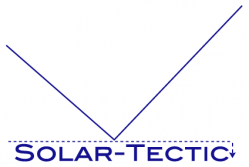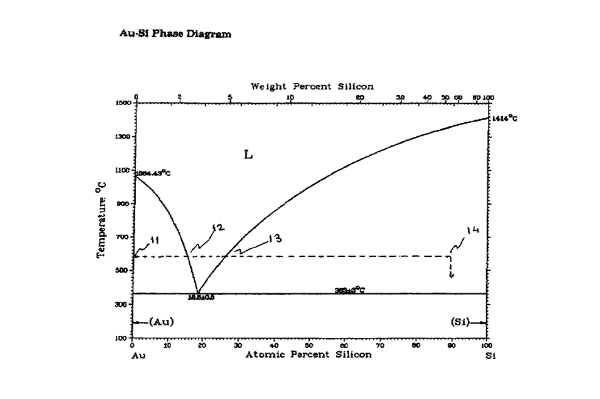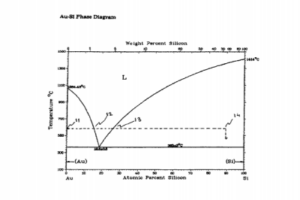 If you have not heard of Solar Tectics before, you are not alone. The company has received patents (in 2015 actually) on creating single crystal Si films at low temperatures. This is of interest in the solar cell and display industry. The background is that the deposition of amorphous Si is cheap and can be done on low temperature substrates, but the resulting films lack in terms of performance. Creating poly crystalline Si films need heat, which requires higher temperatures than normal glass substrates can withstand. These new patents describe a method that will allow deposition of large grain Si crystals at much lower temperatures.
If you have not heard of Solar Tectics before, you are not alone. The company has received patents (in 2015 actually) on creating single crystal Si films at low temperatures. This is of interest in the solar cell and display industry. The background is that the deposition of amorphous Si is cheap and can be done on low temperature substrates, but the resulting films lack in terms of performance. Creating poly crystalline Si films need heat, which requires higher temperatures than normal glass substrates can withstand. These new patents describe a method that will allow deposition of large grain Si crystals at much lower temperatures.
The process is based on using eutectic mixtures of Si and metals like gold, tin, gallium, etc. There are also eutectic mixtures of Si compounds with Si that allow creating a liquid phase at reasonable temperatures. This behavior is shown in phase diagrams that describe at what temperature a specific mixture of the materials forms a liquid phase. If you are on the Si rich-side of the eutectic mixture and lower the temperature, Si will form a film on the substrate below the liquid phase.
 Source: Solar Tectics- US Patent #9,054,249
Source: Solar Tectics- US Patent #9,054,249
The metals are deposited by vacuum deposition and form the liquid phase at the specific temperature. Since the Si deposition is like epitaxial growth, large grain size films with superior performance can be expected. In the case of solar cells this will translate into higher efficiencies, while these kinds of films would be also beneficial for display applications and backlighting solutions.
With the potential benefits of this technology in the performance category, it is a question on what the yields and production costs will be. The patents do not describe how quickly this process works and how the ultimate performance of the deposited film is influenced by potential trace amounts of the other metal used in the formation. Nevertheless, this is a very interesting technology that may have some use in the discussed applications. NH

